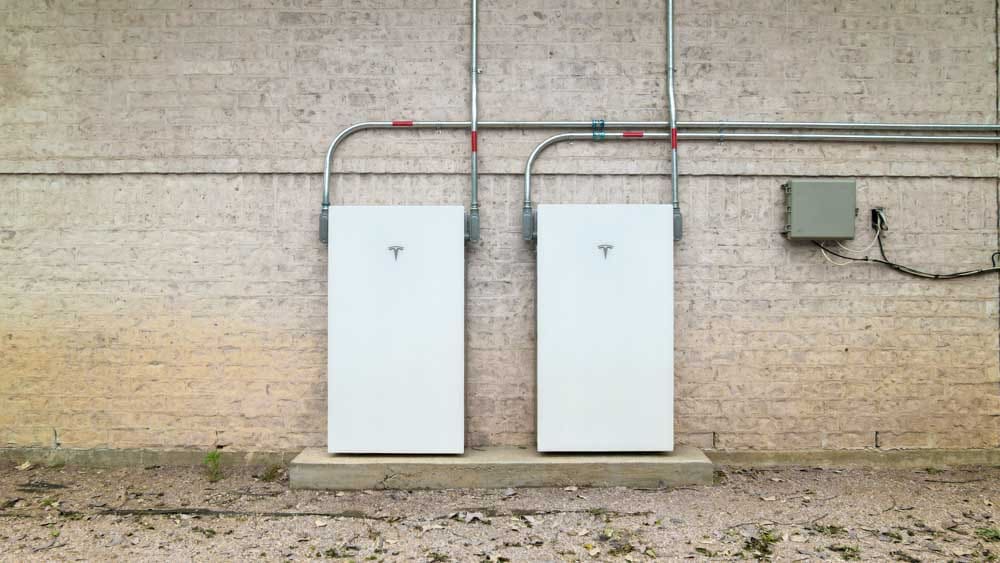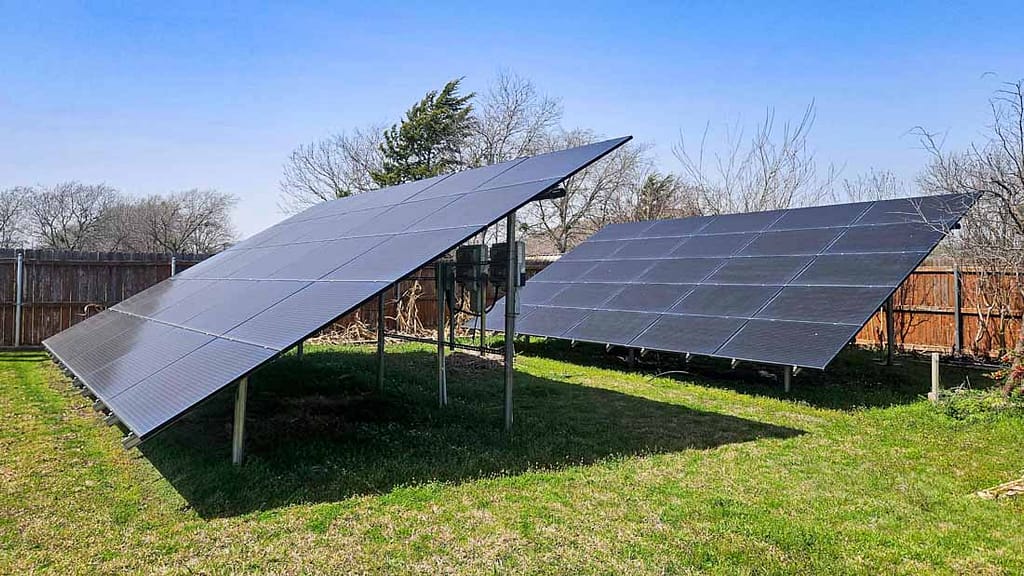The federal government’s 30% solar tax credit has long been a driving force behind residential solar adoption. But now, that critical incentive is under threat. A new proposal in Congress considers ending the 30% residential solar Investment Tax Credit (ITC) as early as December 31, 2025. That’s almost a decade ahead of schedule. If passed, this move could shake the foundations of America’s booming solar industry.
Let’s break down what this means for homeowners, the solar workforce, and the future of clean energy in the United States. We’ll also cover how you can prepare as a homeowner looking to invest in solar.
What Is the Residential Solar Tax Credit?
The ITC allows homeowners to credit 30% of the cost of a solar installation against their federal tax liability. For a typical $25,000 solar energy system, that’s a $7,500 reduction in federal tax liability—a substantial savings that has made solar more accessible to millions of Americans. It applies to both solar panels and home battery backups such as the Powerwall 3.

Under current law, the tax credit was set to remain at 30% until 2032, then step down to 26% in 2033, 22% in 2034, and phase out entirely in 2035.
But this new congressional proposal would end it in just under a year.
Who Will Be Affected?
Homeowners
If you’re considering solar, this proposal could drastically change the economics. Without the tax credit, the upfront cost of solar increases significantly. For many families, this could delay or completely derail plans to go solar.

Solar Companies
Thousands of small and mid-sized solar installers could be impacted. The residential solar market supports over 100,000 jobs in sales, installation, and maintenance. An early phaseout could lead to mass layoffs and stalled business growth.
The Broader Economy
States like Texas, California, and Florida have seen tremendous economic growth tied to clean energy investments. Eliminating the ITC could slow this progress and reduce clean energy investments across the country.
Residents of the United States
If the solar tax credit is eliminated, the impact will reach far beyond future solar adopters. Residents across the United States will feel the consequences. Lower solar adoption means fewer homes sending excess energy back to the grid, putting more pressure on an already strained electrical infrastructure. This is especially concerning in states like Texas, where extreme heat drives high electricity demand and the grid is notoriously vulnerable. Without widespread solar support, the risk of power outages and brownouts during peak summer months—when air conditioners are running at full capacity—will only increase. Supporting solar adoption is not just about clean energy; it’s about ensuring grid reliability and energy security for all.

Is There Still Time to Act?
Yes, but time is short.
The proposal has cleared the House Ways and Means Committee and now heads to the full House and Senate. If it passes, homeowners would need to have their systems fully installed by the end of 2025 to qualify for the credit.
If you’re thinking about solar, now is the time to act. With permitting, interconnection, and installation timelines often taking several months, the earlier you start, the better.
Also, if you’re looking to expand your system, now is the time to start to process as well.
Additionally, you can contact your local representative’s office and express your concerns.
When Will it Come into Effect?
The proposal is not a law yet, it still needs to pass through some steps to be finalized and approved. Currently, both the House Ways and Means Committee and the Budget Committee have approved the proposal to eliminate the residential solar tax credit. The bill still requires finalized language, approval from the full House and Senate, and the president’s signature before becoming law. If the bill passes both chambers, it will go to President Trump for approval—a signature he’s likely to give, considering the bill’s alignment with his party’s energy positioning.
Final Thoughts on the 30% Solar Tax Credit Ending Early
Congress considering ending the 30% solar tax credit early in 2025 would be a major blow to clean energy adoption and affordability. For homeowners and industry professionals alike, this isn’t just a policy shift—it’s a potential turning point. Staying informed, engaged, and proactive is the best way to protect your energy future.